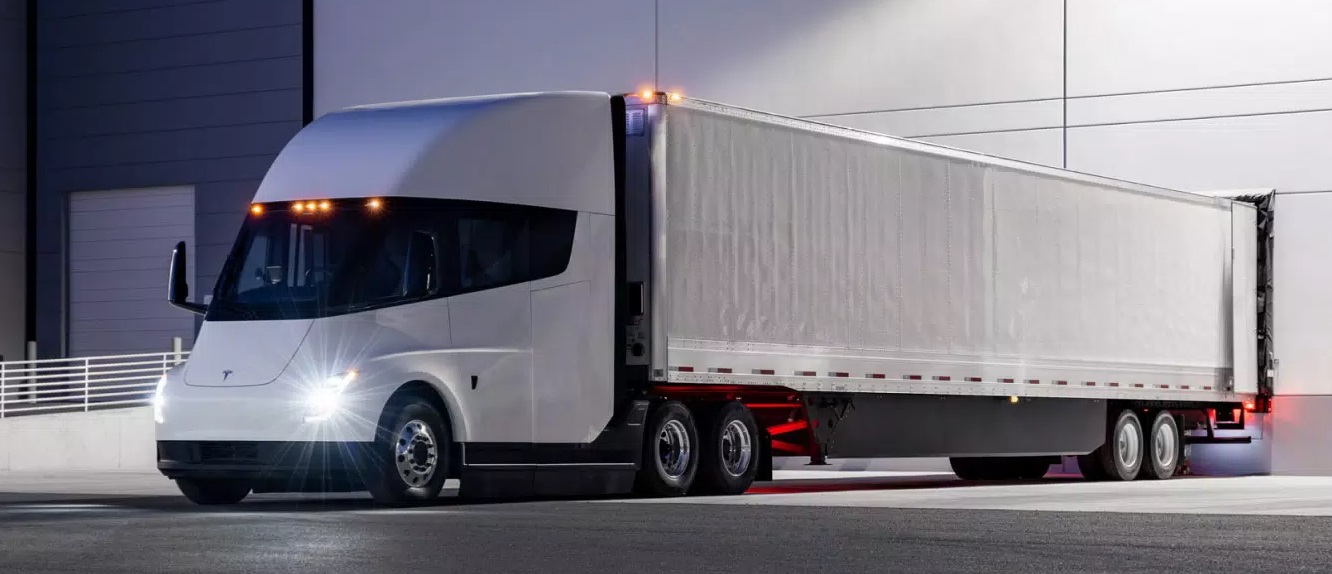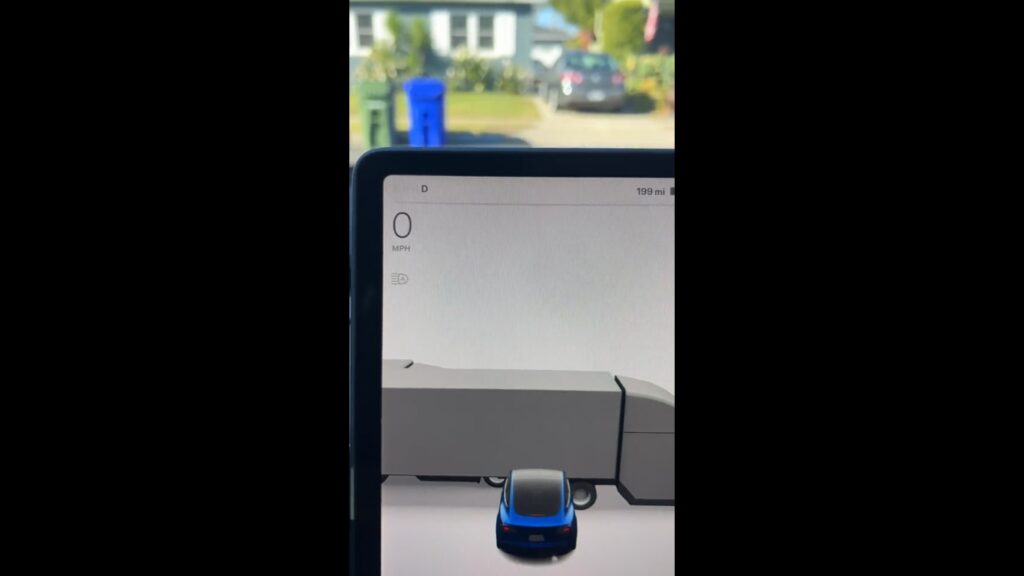Electric trucks and gigafactories, because Tesla is still betting on Nevada

The Nevada plant is Tesla's first giga-factory and began producing batteries in 2017: now it will undergo profound transformations and will boost the production of the Semi
The goal that Elon Musk , owner of Tesla, intends to achieve within this year is to churn out two million vehicles. Far from easy, considering the many hitches on the assembly lines due to both the chip crisis and the geopolitical situation, but with the Chinese ready to invade other markets, the former startupper is well aware that producing at a rapid pace is essential for continue to hold the largest share of the market . At the same time, it also wants to monopolize the electric vehicle sector for the transport of goods. This explains the mind-boggling investments that Tesla has just announced for Nevada.
NEVADA AT THE CENTER OF THE TESLA PLANS
On the plate, the US company intends to put more than 3.6 billion dollars to expand its gigafactory in Nevada, where the electric Semi truck is produced. This is a respectable figure not only for its scope, but also in relation to the plant itself, if we consider that it cost less for Musk to build in 2014: 3.5 billion. "We will invest over $3.6 billion in additional dollars to continue developing the Nevada gigafactory," Tesla said in the statement.
THE TWO FACTORIES AND THE NEW BATTERIES
Two new plants will be created, the manufacturer specifies: the first will produce the cells for the batteries, with the "capacity to produce batteries sufficient for 1.5 million light vehicles a year", while the second will be the "first high serial production". The factory will produce 4680 cells: that is, as the name suggests, with a diameter of 46 mm and a height of 80 mm. There is a lot of expectation about their performance given that for power, density and autonomy they should exceed those on the market. The new facility will have a capacity of 100 GWh, a volume sufficient to guarantee the supply of batteries for 1.5 million vehicles a year.
THE ROLE OF BIDEN'S IRA
In addition to the national incentives for those who invest in the EV automotive sector, Musk is therefore fully one of the beneficiaries of those of Joe Biden 's Wrath which, we recall, imposes stringent limits on extra-US procurement as regards batteries. The Semi will in fact have a price of 180,000 dollars, but in the United States, thanks to the new regulations wanted by the White House that reward "made in the USA" electric mobility, whoever buys it will enjoy a tax break of around 40 thousand dollars.
As for the employment profile, Tesla expects to employ another 3,000 employees. The plant in Nevada is Tesla's first giga-factory and it began producing batteries in 2017: it will now undergo profound transformations and will boost the production of the Semi, the electric truck destined to hit the road five years behind schedule gear.
DELAYS AND CONTROVERSY ON THE SEEDS
There was no shortage of controversy among fans of the brand but, more than the delays, they concerned other fronts. First of all, the famous twitter with which the owner of Tesla, Elon Musk , announced that his Semi has already traveled 805 kilometers on a single fully loaded charge, i.e. dragging a total weight of almost 37 tons behind it. Many have immediately pointed out that they are space -specific, given that the competition offers a range of between 400 and 480 kilometers.
We know that the range numbers declared – and boasted – by car manufacturers often remain on paper: it happened with internal combustion engines, it happens even more so with batteries, where not only the traffic conditions, the roads and weather but, above all, the temperatures.

In short, to really understand the specifications of Tesla's electric trucks, we will certainly have to wait for the first independent reviews. Meanwhile on Twitter there are also those who ironically responded to Musk with a video that resumes the well-known malfunctions of the autopilot mounted on Tesla sedans which, throwing tantrums, saw a ghost Semi on the roadway.
And then there are those who wonder if electric trucks, from Tesla or not, are really zero impact. Because until the electricity that will be used to power them is green, i.e. produced using other renewables, the risk is to dramatically increase the energy needs of individual states and introduce more CO2 into the environment to achieve this goal. Obviously Tesla is not to blame for this, of course.
The paradox is well known and was recently raised by the National Grid utility company, which conducted a study according to which, by 2030, electrifying a service station will require as much power as powering a professional sports stadium, and this is only for recharging electric cars.
If the need to also power electric trucks is taken into account, the projected energy needs of a large truck stop by 2035 will be equal to that of a provincial town. Multiply the number by gas stations, it would be as if the Earth suddenly saw an exponential increase in the number of "cities" that require constant access to the electricity grid.
Musk for his part explained that the benefits for the environment are undeniable despite his vehicle employing three independent electric motors (compared to the four foreseen in 2017, when the Semi was announced) since although the Class 8 trucks only constitute 1% of vehicles in the United States, contribute 20% of US vehicle emissions and 36% of particulate emissions.
As for supplies, Musk 's electric trucks will take advantage of the new 1 MW charging technology that Tesla itself has developed: ad hoc columns that will soon be added inside the Supercharger stations. However, what needs to be taken into consideration is how much they will insist on the need to produce more energy, which at the moment is not green.
This is a machine translation from Italian language of a post published on Start Magazine at the URL https://www.startmag.it/smartcity/camion-elettrici-e-gigafactory-perche-tesla-punta-ancora-sul-nevada/ on Thu, 26 Jan 2023 06:49:20 +0000.
